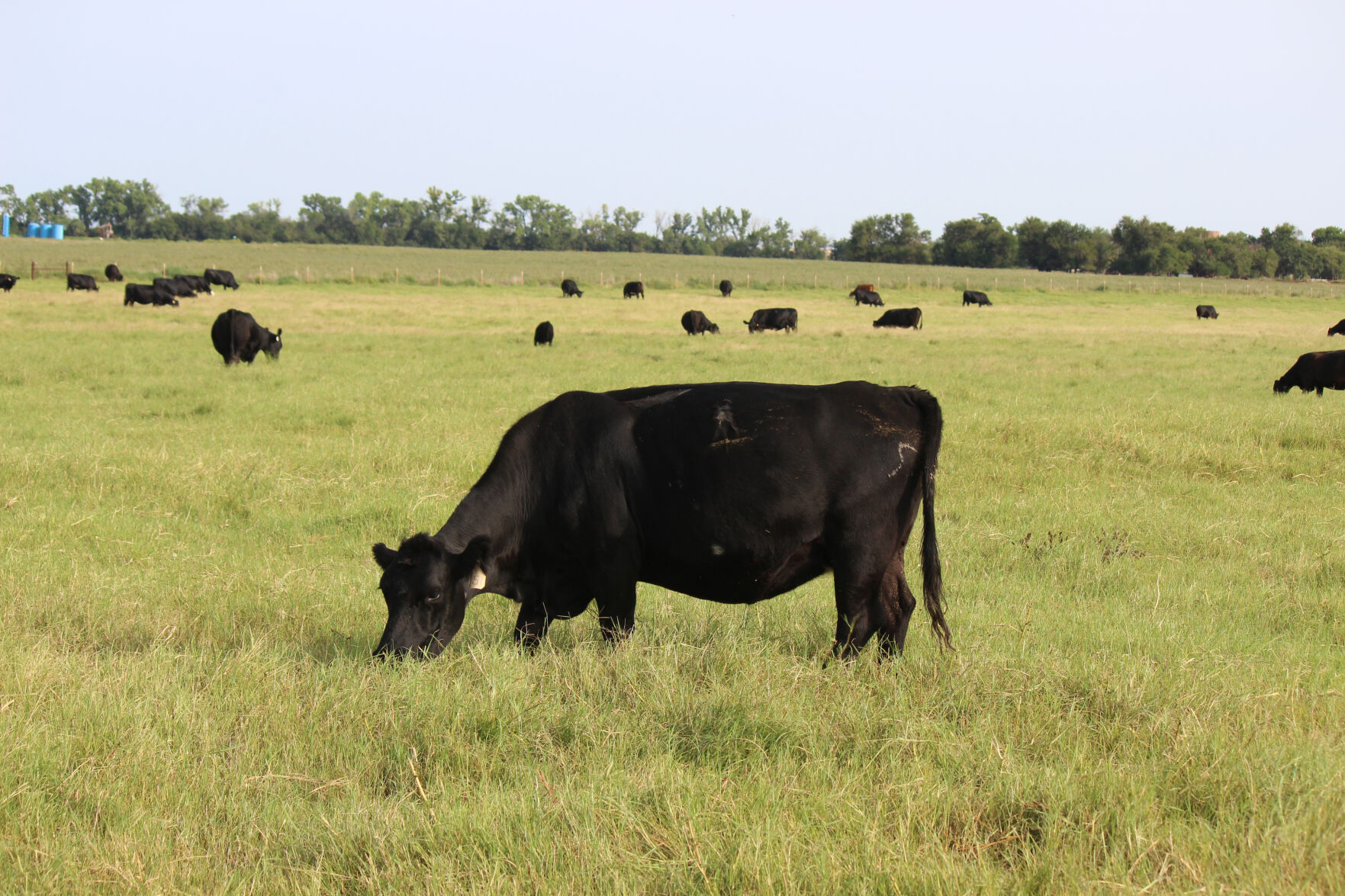The most natural means of herd fertility selection come to us through our eyes and by examining an animal’s production track record, but are we short-changing our operations and animals by not looking beyond the phenotype and examining the data that holds the answers to selection accuracy for any given operation?
Jared Decker, associate professor and beef cattle genetics Extension specialist at the University of Missouri, explained the genetics of fertility through an Oklahoma State University webinar and offered his advice to producers who want to make more informed fertility decisions.
“Anytime we make a selection decision based on how the animal performs, or how the animal looks, it does not take into account those environment and management differences,” Decker said. “What that ultimately means is when we try to make selection on how an animal looks—their phenotype—it is simply going to be a less accurate form of selection. What happens is when we practice phenotypic selection, there’s a hard ceiling on how accurate our selection decisions can be and, mathematically, that ceiling is the square root of the heritability for that trait.”
Decker used the example of a trait like birth weight, where the heritability is quite high. He said 46% of the variation is attributed additive genetics, so the ceiling on that phenotypic selection accuracy is a 0.68.
“With marbling, the heritability is also quite high, but if we slaughter an animal, look at its carcass and measure the marbling, that animal is no longer able to be a bull,” he explained. “Phenotypic selection for certain traits simply doesn’t work. For other traits like fertility, the heritability is low enough that the ceiling on our selection accuracy is going to be very low. The heritability for a lot of fertility traits is going to be between 5% and 15%.”
According to Decker, much of the variation in those traits are due to the animal’s circumstance and factors other than additive genetics.
EPDs should be a go-to for fertility
When he asks producers how they are making selection decisions in regard to fertility and reproduction, a common answer is the practice of culling open cows.
“That’s good, but in terms of actually making genetic progress, it leaves a lot be desired,” he said. “We’re leaving a lot of value and information on the table when we focus phenotypic selection for lowly heritable traits and in fact all traits where an expected progeny difference is available. There is no ceiling on EPD accuracy and we can get to 100% accuracy if we pour enough data and information into the process. When we select on genetics, we’re no longer limited by the heritability of the trait.”
Decker said there are various EPD tools that pave the way for producers to make genetic improvement for fertility, but another important breeding decision that can help the fertility of a herd is crossbreeding.
“A crossbred cow is going to be 25% more productive over her lifetime and much of that improvement is going to be higher fertility,” he said. “If you make the decision to straight breed, it becomes even more important that you’re selecting more fertile females. If you’re going to give up the fertility gains from crossbreeding, then you better be selecting for it using EPDs to identify those more fertile bloodlines to bring into your herd.”
Lacey Vilhauer can be reached at 620-227-1871 or [email protected].



